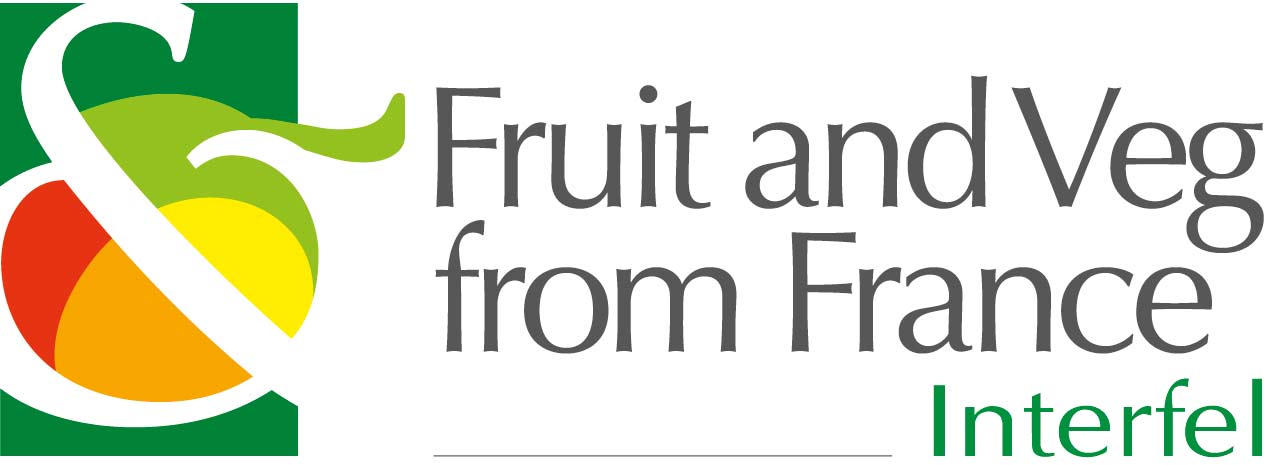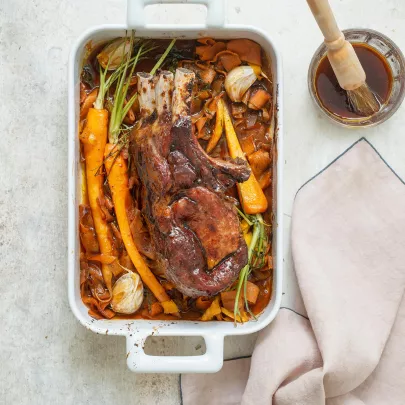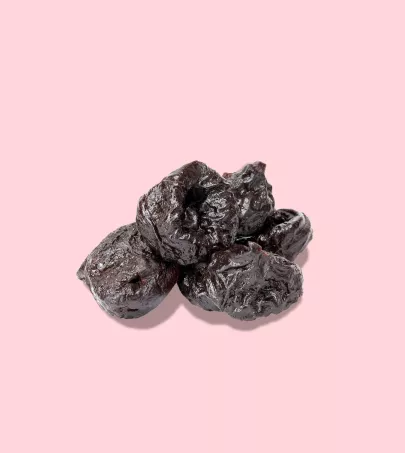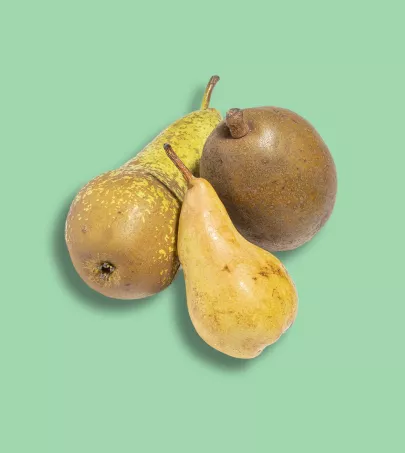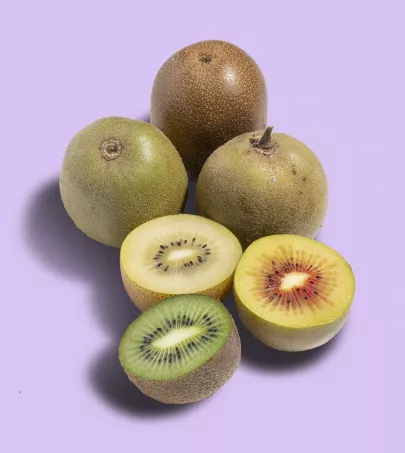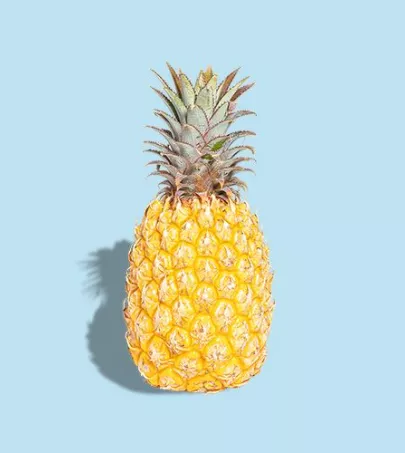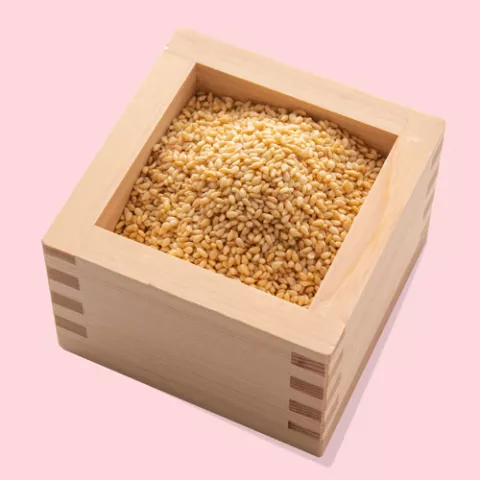
Carrots are the second most popular vegetable in France, after tomatoes! Which just goes to show the interest they generate. And rightly so! Available all year round, French carrots come in hundreds of varieties and can be consumed raw or cooked. Not just practical, but inspiring!
Ce qu'il faut savoir
Long overlooked due to its original whitish color, tough skin and fibrous middle, the carrot began to be appreciated and cultivated in the 15th century. At that point yellow in color, it was only in the 16th century that it donned its familiar orange before reaching the U.S. where the passion for carrot juice sealed its success. These days, the many varieties of carrots are used in a multitude of other preparations, throughout the seasons:
-
Early (May to July): Nanda, Nansen, Presto, Yukon, and the like.
-
Maincrop (July to October): Boléro, Dordogne, Laguna, Maestro, Romance, Texto, and the like.
-
Storage (September)
Caractéristiques
À l'oeil
Au toucher
En bouche
Nutrition et bienfaits
Containing few carbohydrates, making them low in calories, carrots are brimming with antioxidant carotenes, fibers, vitamins, and mineral salts.
Note de la rédaction
Comment l'utiliser
Storage
When stored in the vegetable drawer of the refrigerator, maincrop and storage carrots keep for around one week, and early carrots for around three days.
Preparation
After a quick rinse with clean water, it is often useful to peel them.
Uses
Carrots can be enjoyed raw, often grated into a salad, or cooked in salted boiling water, steamed, braised, pan-fried or oven-roasted, for soups, purées, tarts, flans, cakes or simply as an aromatic garnish.
Accorder avec
With celeriac, star anise, fennel seeds, parsley, olives, beef, oranges… and with a Régnié or Anjou red wine.

